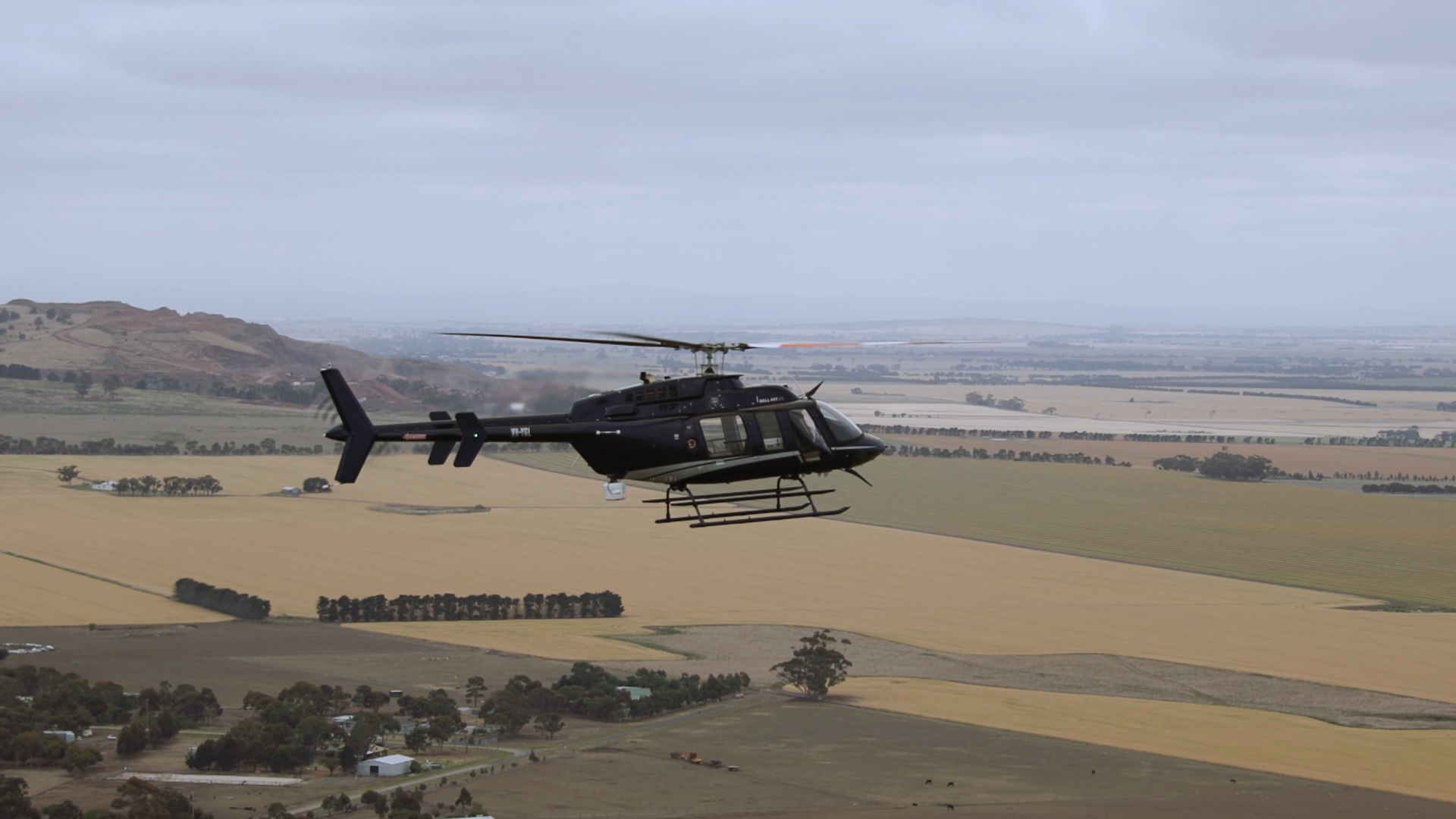Reliability and safety in action
To keep our network safe and resilient we regularly inspect and maintain its assets. Inspectors work year-round to check assets based on their age and condition in line with our policies and strict regulations audited by Energy Safe Victoria.
If action is required to fix, replace or repair assets, it’s prioritised within defined timelines. This includes overhead powerlines, service lines, fuses, surge-diverters and pole-top structures.
Pole inspections
Every year, poles are inspected by fully trained and qualified inspectors as part of a regular cycle. As a result, some are replaced or can be staked for extra support. Our aim is to ensure power reliability, community safety and a sustainable level of pole replacements each year given the large number in our network.
Our poles are made from wood, concrete or steel and are designed for their location based on Australian standards.
The timber used for poles features natural textures that include splits in the wood and holes from knots. This means that some poles may look old or weathered. It is important to note that a pole’s aesthetic qualities do not necessarily impact on its strength.
Above and below ground inspection methods determine the condition of wooden poles including the amount of sound wood, presence of rot or termites, size and number of splits in the timber, height and diameter measurements.
Data from inspections is used to calculate each pole’s residual strength and hence its safety factor. Based on this, the serviceability of the pole is assigned one of three classifications.
A new wood pole’s residual strength is well above its rated strength (2.5 times) and will typically reduce with age. We do not allow poles to deteriorate below their rated strength as they would not be considered strong enough to support infrastructure or withstand environmental factors such as high winds.
In 2021, we introduced a new digital management system to bring together in one place a full history of every pole in our network. The location, wood species, age, pole-top assets and inspection history as well as the results of aerial inspections by our helicopters are now captured in this system for every pole. This gives us even better information to work from in planning our annual asset management program.
For more information, download our fact sheet.
Powerline replacement
Powercor is investing in its powerline replacement program to help protect communities against the threat of bushfires.
This involves moving overhead electrical infrastructure to underground trenches or installing high voltage covered conductors.
Benefits of the program:
- increase reliability by reducing the risk of power outages caused by extreme weather
- reduce the risk of bushfires started by powerlines
- removing the need to trim trees and other vegetation to maintain powerline clearances.
Aerial inspections
Our aerial vegetation inspection program is a key part of how we keep our networks safe and reliable for our customers.
Two Bell 505 helicopters, combined with industry-leading technology, establish a unique aerial services capability to support Powercor’s annual vegetation management program.
Headed up by a team of highly-qualified pilots, the helicopters are fitted with Riegl sensor systems, which uses LiDAR scanning technology to accurately measure the distance between any tree branches or other vegetation and the electricity network.
The data creates a 3D image of the entire network and this is analysed by an internal team of highly-qualified data analysts to help inform Powercor’s annual tree-cutting schedule.
Each time the network is inspected, more is learned about the different environmental conditions and vegetation growing rates across the region.
This data helps ensure we identify precisely which trees to cut, by how much and when.
The helicopters, which fly above powerlines at just over 300 metres at a speed of about 130kmh, operate all year round.
Fast facts – the fleet
- Aircraft: Bell 505 helicopters
- Fleet size: Two aircraft
- Crew: Two pilots per aircraft
- Top speed: 232km/h
- Slow cruise speed for LiDAR capture: 129km/h
- Range: 617km
- Aircraft length: 12.93m
- Aircraft height: 3.25m
- LiDAR system: RIEGL VUX-240
- LiDAR scan speed: 1.8MHz and 400 lines per second
- Data capture: 1TB per aircraft per day
Looking for something else in
Network safety
Explore another page








